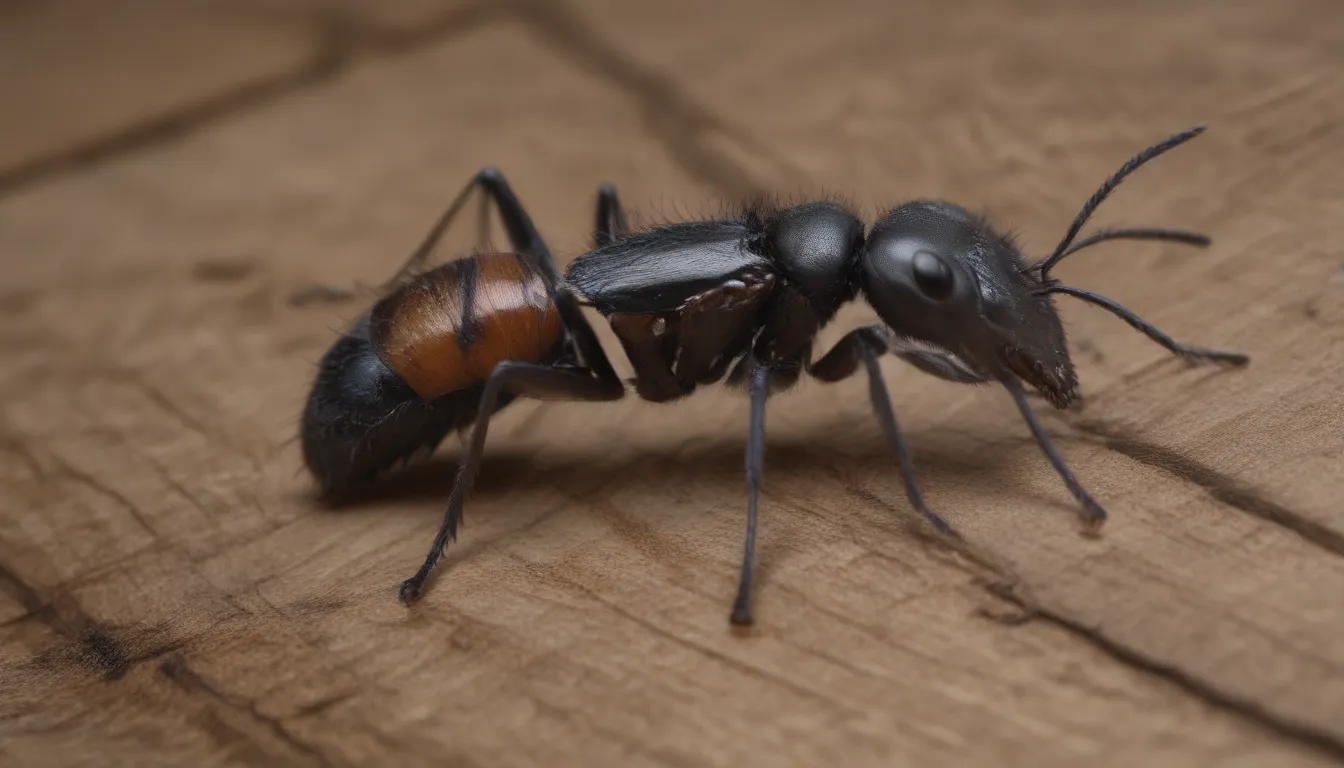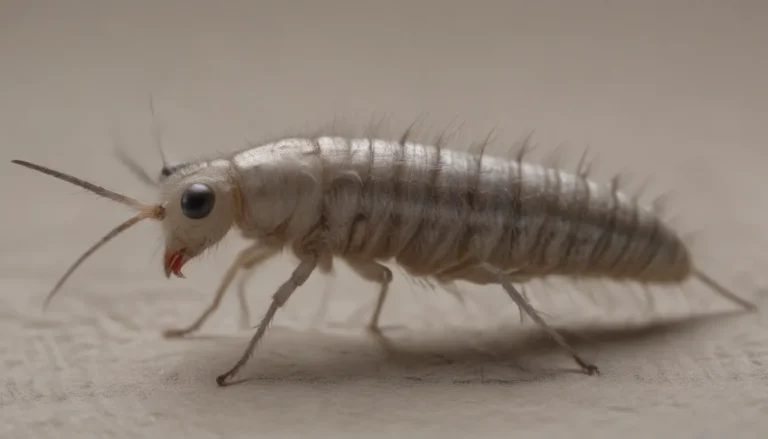How to Successfully Eliminate Carpenter Ants: A Complete Guide

Carpenter ants, those pesky insects that hollow out decaying wood in your home, can wreak havoc on your walls if left unchecked. But fear not! With the right strategies and a bit of know-how, you can successfully eradicate these wood-destroying pests from your home. In this comprehensive guide, we’ll walk you through everything you need to know about getting rid of carpenter ants using effective do-it-yourself methods. So, grab a cup of coffee, sit back, and let’s dive into the world of carpenter ants.
Understanding Carpenter Ants: What Do They Look Like?
Carpenter ants are relatively large ants with a smooth, rounded back, a narrow waist, and a small hump. While they can vary in size, typically ranging from about 1/4 to 1 inch, they are among the larger species of ants. To identify carpenter ants, look for these key characteristics:
- Smooth, rounded back
- Narrow, pinched waist
- Size ranging from 1/4 to 1 inch
To differentiate carpenter ants from other ant species, look for these distinguishing features.
Differentiating Carpenter Ants from Termites
It’s easy to confuse carpenter ants with termites, as both can cause similar structural damage. However, there are key differences between the two:
- Carpenter ants tunnel through wood to create nests, while termites consume wood.
- Look for fine wood dust around entry points, a sign of carpenter ants.
- Carpenter ants have a narrow, constricted waist, unlike termites.
- Termites have straight antennae, while carpenter ants have jointed ones.
Why Do Carpenter Ants Invade Your Home?
Carpenter ants are naturally drawn to decaying wood, but they will readily infiltrate homes in search of water and food. Here are four main reasons why you may have a carpenter ant infestation:
- Insects attracted to moist areas
- Food sources accessible to ants
- Wet wood providing ideal nesting sites
- Old wood piles serving as potential colonies
Signs of Carpenter Ants in Your Home
Aside from their distinctive appearance, there are other signs that indicate the presence of carpenter ants in your home. Look out for these behaviors:
- Visible ants, especially during the spring and early summer.
- Rustling sounds coming from within walls.
- Wood shavings or frass near nest sites.
- Moist areas attracting ants to establish nests.
Effective Ways to Get Rid of Carpenter Ants
Chemical pesticides may not be the best solution for eliminating carpenter ants. Instead, opt for more environmentally friendly methods that target these pests effectively. Here are four proven strategies to help you get rid of carpenter ants:
1. Find and Remove the Nest
Locating and removing the nest is one of the most effective ways to eliminate carpenter ants. While this task can be challenging, focusing on areas with signs of infestation and moisture is key. Here are some common locations where you may find carpenter ant colonies:
- Check for sources of moisture and decay that attract carpenter ants.
- Replace rotted wood and ensure proper insulation to prevent condensation.
- Inspect window flashings and door seals for potential entry points.
2. Set Borax Ant Bait
Baiting carpenter ants with a sweet substance laced with borax can effectively control small infestations. Worker ants carry the bait back to the colony, where it is shared with other ants, ultimately leading to their demise. Borax is considered a non-toxic, organic control method that interferes with the ants’ digestive process.
3. Use Desiccating Dust
Desiccating dust, such as diatomaceous earth and silica gel, can be a potent weapon against carpenter ants. By absorbing the ants’ waxy outer coating, these dusts cause dehydration and eventual death. Apply the dust behind electrical switch plates and into wall voids to reach the ants’ nest network effectively.
4. Spray With Pyrethrin
While pyrethrin is technically a pesticide, it is a natural substance derived from chrysanthemum flowers and can be an eco-friendly choice for controlling carpenter ants. By injecting pyrethrin directly into the ant colony, you can disrupt their nervous system and eliminate the pests. Avoid pyrethroids, which are chemical compounds blended with pyrethrin, as they may not be as safe.
Preventing Future Carpenter Ant Infestations
Taking proactive measures to prevent carpenter ant invasions can save you time and effort in the long run. Here are some tips to keep these pests at bay:
- Repair decaying wood and eliminate moisture sources.
- Clear woodpiles and debris around your home.
- Seal cracks and crevices to prevent ants from entering.
- Regularly inspect and maintain your home’s exterior for signs of infestation.
When to Seek Professional Help
If your carpenter ant infestation is severe or persistent, it may be time to call in a professional pest control service. These experts can help locate and eradicate the central nest, which may be hidden deep within your walls. Look out for signs of a serious infestation, such as indoor swarms during the spring and early summer, and consider seeking professional assistance.
Remember, the key to successfully eliminating carpenter ants is to act swiftly and strategically. By following these tips and methods, you can protect your home from these destructive pests and enjoy a pest-free environment.
So, arm yourself with knowledge and take action against carpenter ants today! Your home will thank you for it.
Carpenter Ants Fact Sheet. UNH Extension.





